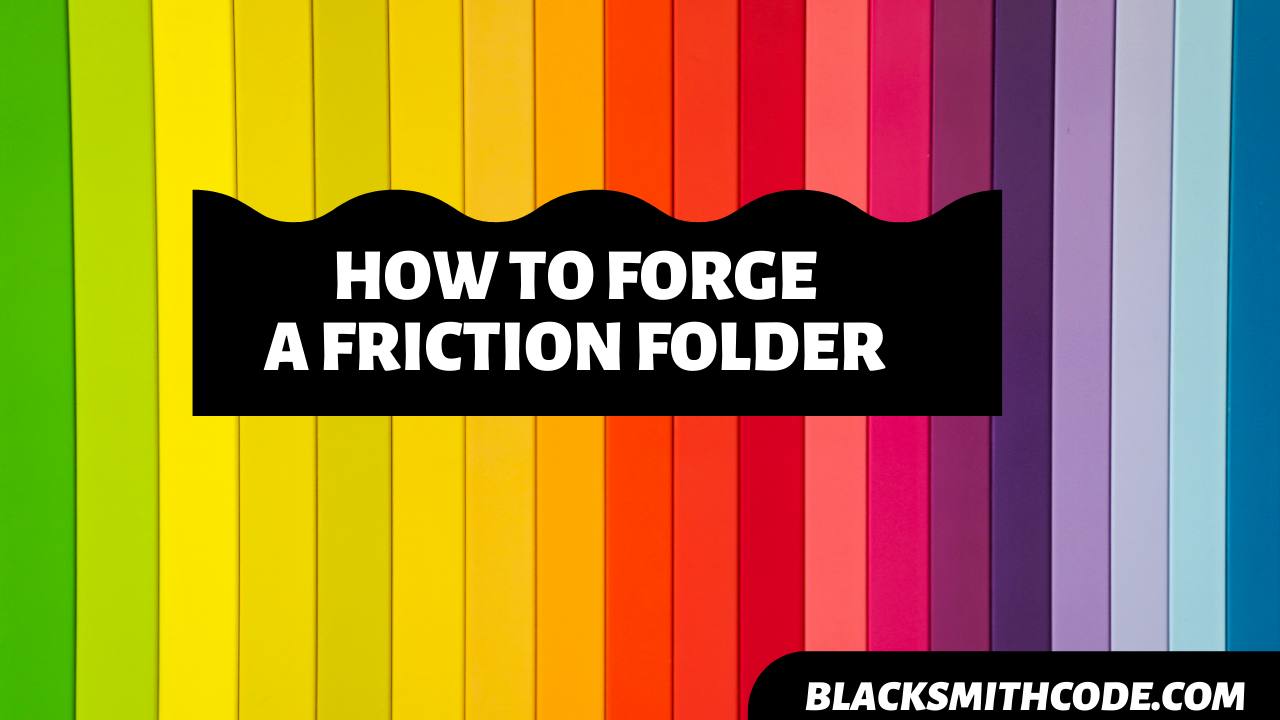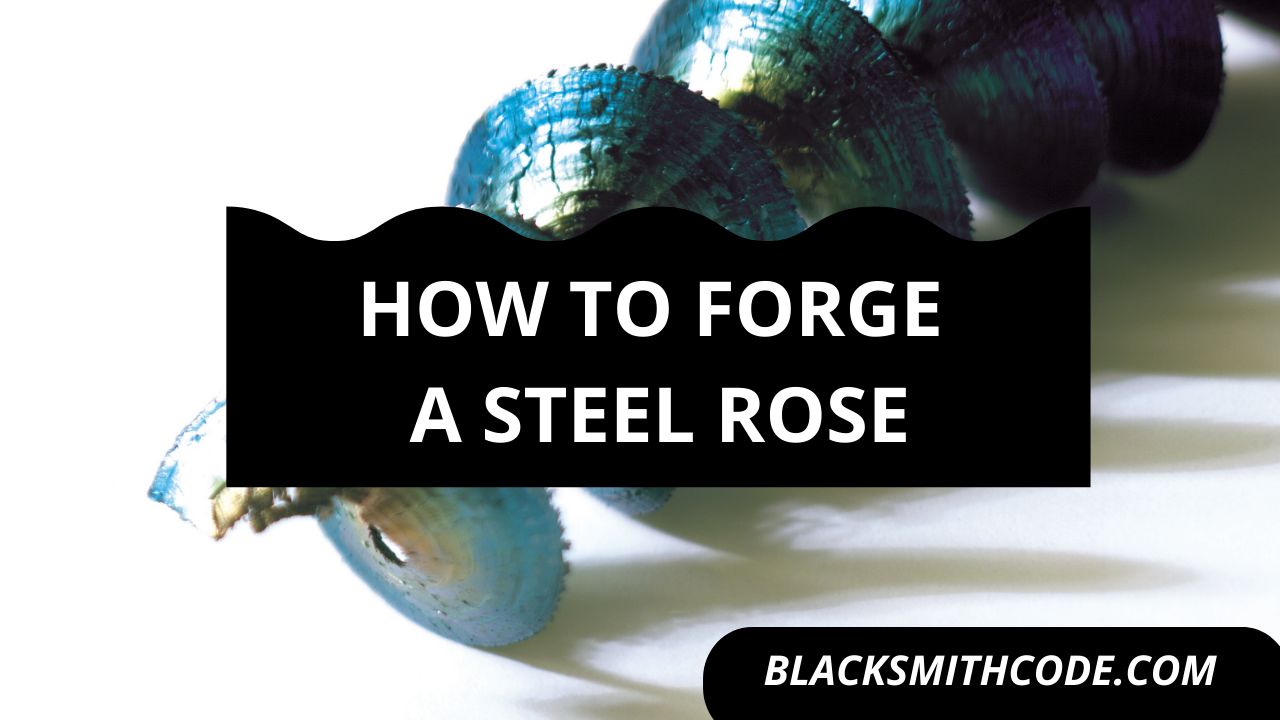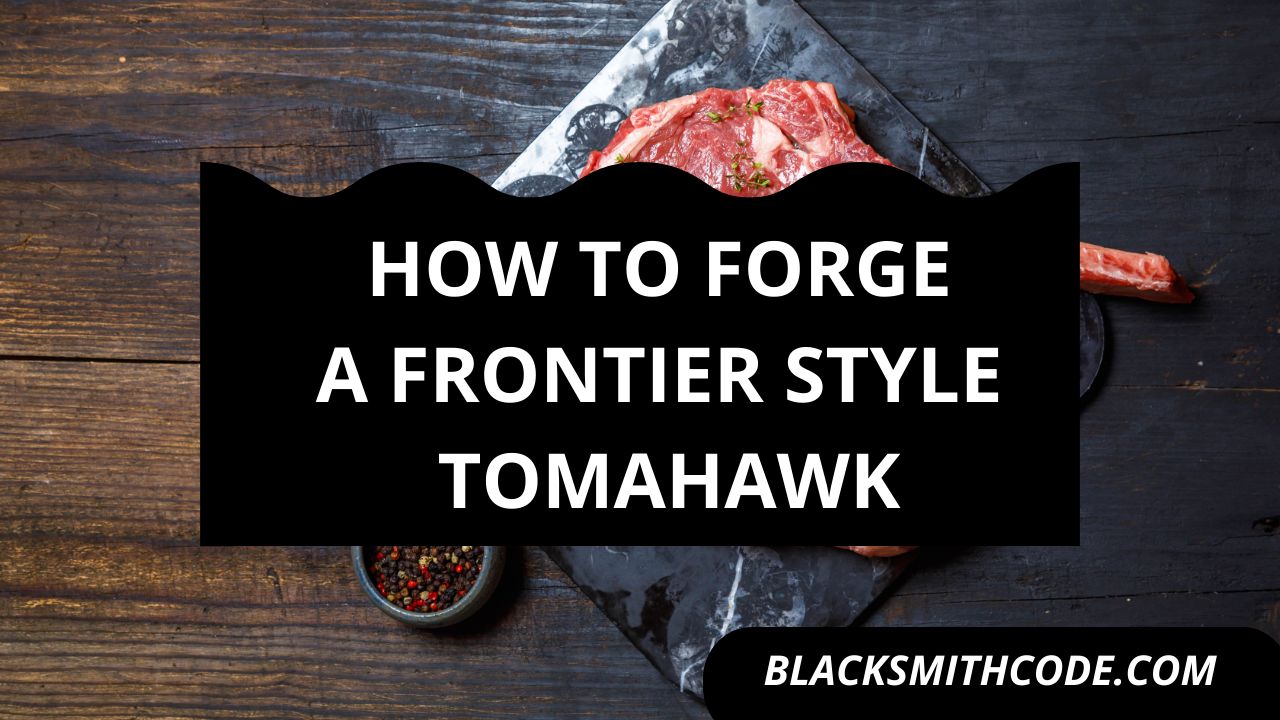Do you know you can forge different types of knives? With the necessary tools and steps, you can increase your experience by forging a friction folder.
The friction folder is a foldable type of knife that doesn’t require a spring or lock for its usage. It makes use of the friction between the handle and the tang to stay open and close.
Over time, the design of the friction folder has improved. An extended tang is in place to allow the holder’s hand to keep the blade from closing.
This knife is unique with different designs which allow diverse modifications. A good example is the addition of a bottle openers to the tangs of the recent friction folders.
Forging a friction folder requires you to follow simple steps. These steps will help you in building your blade within a short time.
Instructions on How to Forge a Friction Folder
Step 1: Get the Material you need
Before forging yourself a friction folder, you should get the materials you will use to forge your friction folder. You should get a steel plate for this task and proceed with your forging.
Step 2: Heat the Steel Plate to a High Temperature
After getting your steel plate, you should heat the steel plate till it becomes red hot. The hotter the plate, the more malleable the steel will be. After heating the steel, retrieve it from the forge and then proceed to the next step.
Step 3: Forge the Case of the Friction Folder
The friction folder has a blade that you can insert in a case. You have to forge the shape of this case. To form the shape of the case, you should;
Quick Steps
- Heat the steel plate in a forge.
- Remove it from the forge as soon as it is hot enough for forging.
- Cut out the size and length of the steel you need.
- Bend the steel towards each other, giving it a roughly oval shape.
Step 4: Forge the Blade of the Friction Folder
After forging the case of the friction folder, you should forge its blade also. Here are steps you should follow to form the edge of a friction folder;
Quick Steps
- Place the steel in the forge for heating.
- Remove the steel from the forge after a while. The steel should be red hot by then.
- Beat the metal into the shape you want your blade to take.
- You can also add a touch of creativity and design to the module when forging it.
- You can also form an extended tang for your blade to make it look modernized.
- Perfect it by grinding the edges and surface into the shape you want.
Step 5: Reheat and Quench the Blade and the Case
You have to anneal the parts before assembling them because it might be challenging to reheat and quench them when they are together. You should place the blade and case in a forge for heating.
After heatin;g for a while, you should retrieve them from the forge and put them in a quench liquid. Heating and quenching the metals will increase their durability and strength.
Step 6: Grinding
After reheating and quenching your blade and case, you should rub the surface and edges of the blade against a grinder.
Step 7: Drill Holes
Now, you have to drill holes into the case and the blade. It is through this drilled hole that you will join them together. After drilling the hole into the parts of the friction folder, you should join them with a joining pin.
Whatever pin you use should allow free movement of the blade in and out of the case.
Step 8: Sharpen Your Blade
You have to perfect your forging by sharpening the edge of the blade. You can either grind the side of the blade with a file or a grinder. Whatever way you prefer, the knife should be very sharp.
FAQs on How to Forge a Friction Folder
Question
Can I forge the handle of my friction folder from wood or ceramics?
You can form the handle of your friction folder from varieties of materials ranging from metals to plastic. Forging your handle from ceramic or wood is a good choice as it adds some qualities to your friction folder. It is, at times, better to make use of metal because of its durability.
Question
How sharp is the blade of the friction folder?
The friction folder’s blade is very sharp and can cut through several materials. The knife’s sharpness depends on the material, size of the metal, and how sharpened the edge is. The more you sharpen the blade, the shaper it becomes.
Question
Can I carry a friction folder about it?
If you have a license for the friction folder, you can carry it around for self-defense and protection. If you do not have a permit and take it about, it would be best to collect a license for it. It’s no big deal to carry a friction folder about, but as a weapon, you should get a permit for it.
Video on How to Forge a Friction Folder
Warnings and Precautions
You should take some precautions when forging a friction folder. Forging involves some risk, and to save yourself from hazards; you should follow safety precautions. These safety precautions are;
- Clean and tidy up your workshop.
- Always make use of the right tool for each task.
- Do not make use of damaged instruments.
- You should be careful with processes that involves fire to prevent an outbreak.





